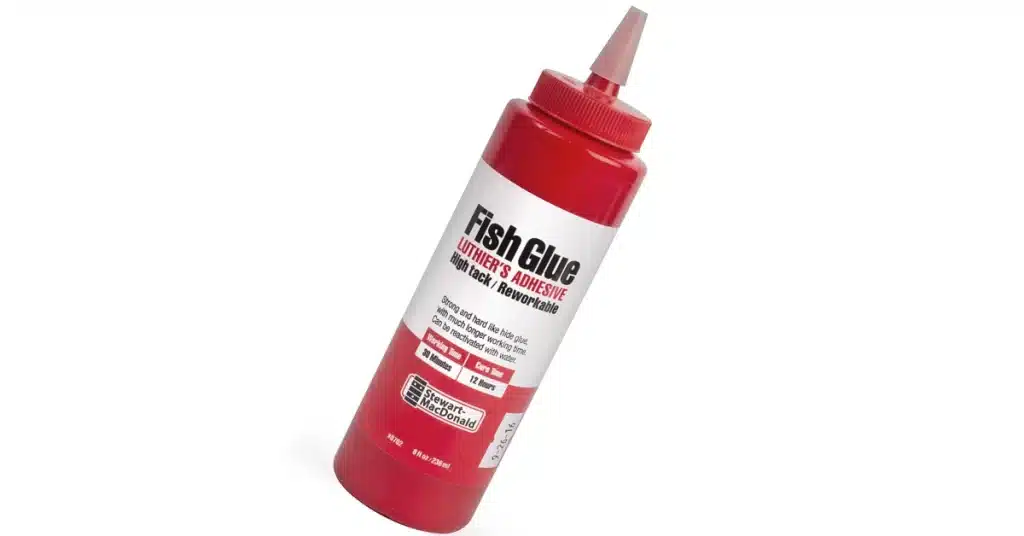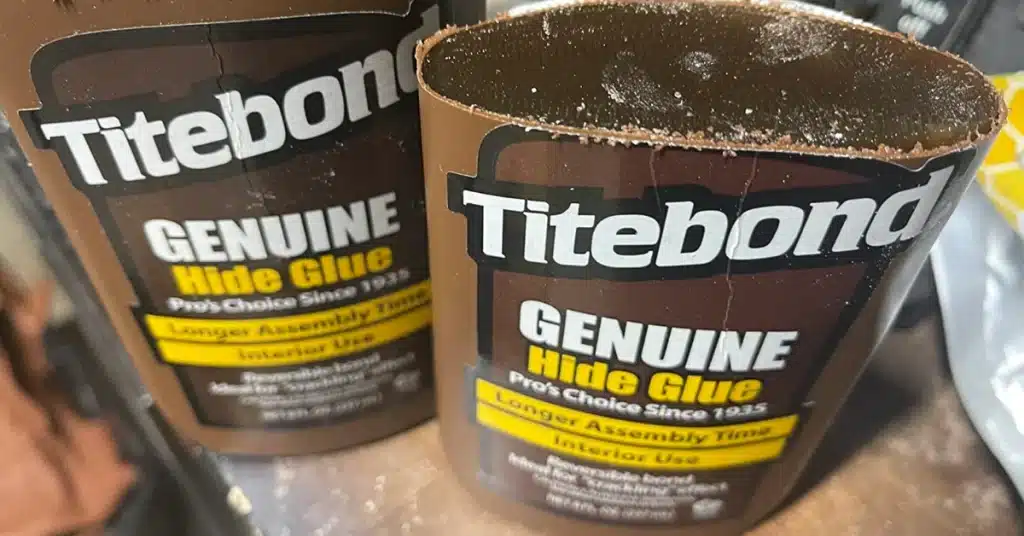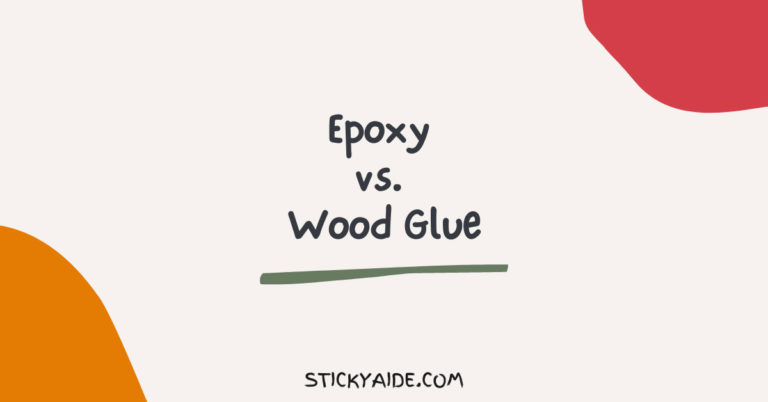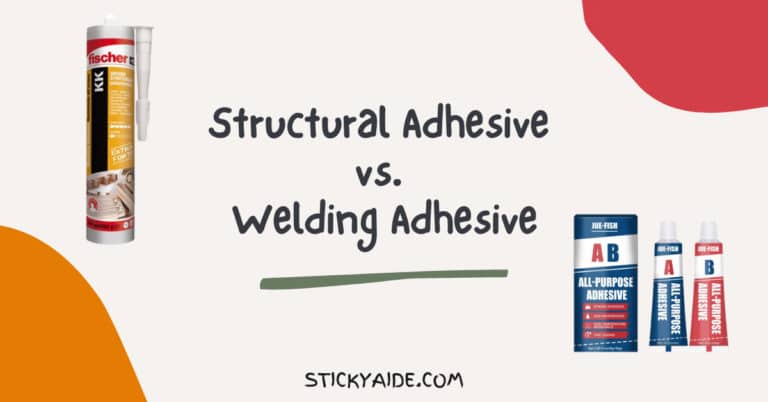A successful and long-lasting project depends on a suitable adhesive for woodworking and other crafts. Fish glue and hide glue are two popular animal-based adhesives. Despite sharing some similarities and a long history of use, these two products differ in key ways.
I will help you to learn how to determine which adhesive is right for your project by comparing fish glue vs. hide glue in this article.
Read More: Hide Glue Vs. Titebond
Fish Glue Vs. Hide Glue

Overview of Fish Glue
Fish glue is a glue derived from the skin, bones, and connective tissues of fish. It is a sustainable and eco-friendly option that has been used for centuries. This adhesive option can be used for various applications, such as woodworking, bookbinding, and the manufacture of musical instruments.
A notable characteristic of fish glue is its clear, translucent appearance and quick drying time. Typically, it is sold as granules or powder that must be mixed with water before use. The longer working time of fish glue allows the user to adjust and position the pieces more easily than with other types of animal-based adhesives.
Overview of Hide Glue
As an animal-based adhesive, hide glue consists of collagen that is found in the hides and connective tissues of animals such as cattle, sheep, and horses. The adhesive’s strength, durability, and water resistance make it a popular choice for woodworking, musical instrument making, and other applications.
Generally, hide glue is sold in the form of granules or powder that must be mixed with water prior to use. For high-stress applications, it has high shear strength and dries quickly. The reversibility of hide glue makes it suitable for furniture restoration and repair. Despite being water resistant, hide glue may not be as water-resistant as synthetic adhesives.

What are the Differences Between Fish Glue and Hide Glue?
Traditionally, fish glue and hide glue have been used in various applications, including woodworking and the manufacture of musical instruments. Although they share some similarities, they also differ in several important ways.
Working Time
It is important to note that fish glue has a longer working time than hide glue, which means that it remains liquid for a longer period of time, providing the user with more time to position and adjust the pieces. Due to this, fish glue is an appealing option for more complex projects that require a greater amount of adjustment time.
Composition
Glue made from fish skin, bones, and connective tissues is known as fish glue, while hide glue is made from collagen found in hides and connective tissues of animals such as cows, sheep, and horses. Although both adhesives are natural and sustainable, the source of the collagen can affect their performance.
Water Resistance
Hide glue is more water-resistant than fish glue and is suitable for outdoor applications or areas with high humidity. In contrast, fish glue is water-soluble and may not be as water-resistant as synthetic adhesives. Hide glue may be an appropriate choice if water resistance is a critical aspect of your project.
Appearance
The appearance of fish glue is clear and translucent, while the appearance of hide glue is yellowish-brown when it has dried. You may want to consider fish glue if appearance is an issue for your project.
Reversibility
It is important to note that both fish glue and hide glue are reversible, meaning that they can be disassembled and reglued as necessary. As a result, they are ideal for restoring and repairing furniture.
Is Fish Glue as Strong as Hide Glue?
No, hide glue is generally regarded as being stronger than fish glue. Hide glue is typically made from animal collagen, which gives it excellent bonding strength and makes it a popular choice for high-stress applications. While fish glue, which is derived from fish skin, bones, and connective tissues, is still a strong adhesive but generally not as strong as hide glue.
However, the strength of the bond is influenced by several factors, such as the quality of the glue, the surfaces to be bonded, and the method of application. Under the right circumstances, both fish glue and hide glue can be effective adhesives.
Last Opinion
There are several factors to consider when choosing fish glue vs. hide glue. Make your choice based on the composition, the working time, the appearance, the water resistance, and the reversibility.
For projects that require a longer working time and a clear bond, fish glue may be ideal, while hide glue may be better for outdoor or moisture-prone projects. Overall, both adhesives have their strengths and can be useful in different applications.








